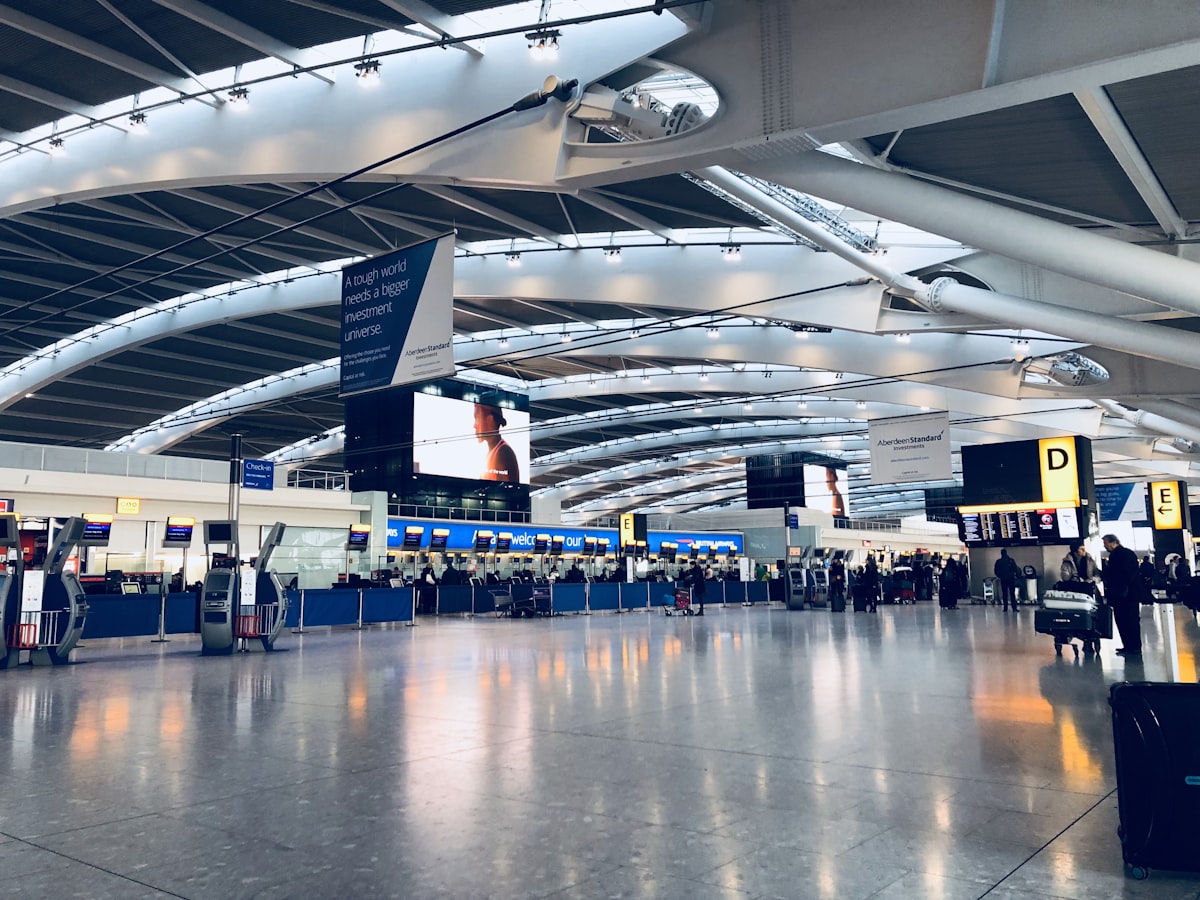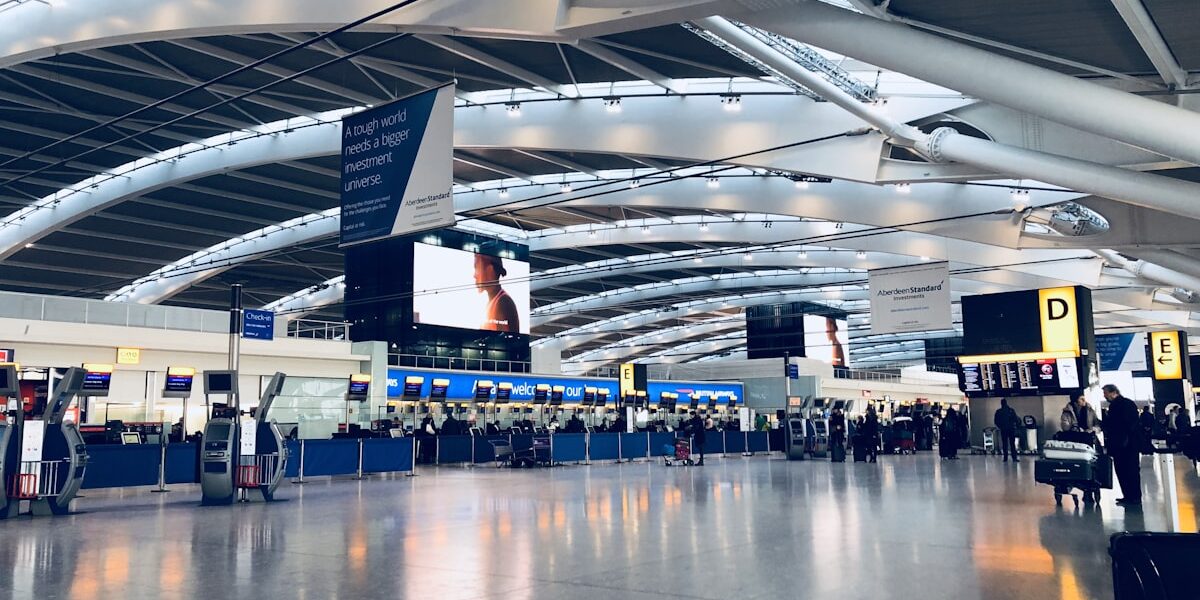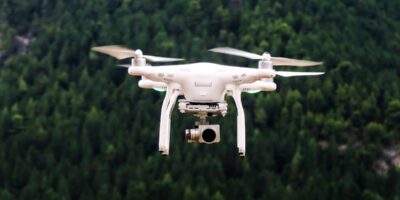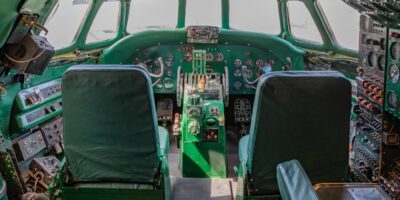Norse Dreamliner: A Comprehensive Look
The Norse Dreamliner, operated by Norse Atlantic Airways, represents a significant development in the airline industry. This aircraft is part of their fleet of Boeing 787s, known for their advanced technology and passenger-friendly features. Here, we’ll delve into the specifics of the Norse Dreamliner, including its design, technology, and passenger experience.

Design and Engineering
The Boeing 787, commonly known as the Dreamliner, features state-of-the-art engineering. It uses composite materials that make it lighter and more fuel-efficient than traditional aircraft. Approximately 50% of the primary structure, including the fuselage and wings, is made of composite materials. This reduction in weight helps improve fuel efficiency by about 20% compared to older models.
Another notable aspect is its wingspan. Measuring 60 meters, these wings contribute to better aerodynamics and stability. They also flex during flight, reducing turbulence and providing a smoother ride. The engines, the GEnx-1B or Rolls-Royce Trent 1000, are designed for efficiency and reduced emissions.
Advanced Technology
The Dreamliner is equipped with several advanced systems. Its electronic flight bag (EFB) provides pilots with real-time data about the aircraft’s performance and route, enhancing situational awareness. The avionics suite includes dual Head-Up Displays (HUD) that show crucial flight information without requiring the pilot to look down.
Passengers benefit from improved air quality thanks to the Dreamliner’s advanced air filtration system. The aircraft also features a more comfortable cabin pressure and humidity levels. Higher humidity reduces dehydration, and the lower cabin altitude makes for a more comfortable flight.
Passenger Experience
Inside, the Dreamliner offers a series of features designed to improve the passenger experience. The cabin is spacious, with higher ceilings and larger windows that can be dimmed electronically. Seating configurations vary by airline, but the layout typically favors comfort with increased legroom and wider seats.
Cabin Lighting and Noise Reduction
LED lighting systems aboard the Dreamliner can simulate different times of the day, helping passengers adjust to new time zones more easily. This dynamic lighting is particularly beneficial on long-haul flights, potentially reducing jet lag.
The aircraft is also engineered for quieter operation. Advanced engine technology and improved structural design reduce both interior and exterior noise. Passengers can converse more easily and enjoy a quieter cabin environment.
In-Flight Entertainment and Connectivity
Norse Atlantic Airways ensures that their Dreamliners are equipped with modern in-flight entertainment (IFE) systems. These systems offer a range of movies, TV shows, music, and games. Many Dreamliners also provide Wi-Fi connectivity, allowing passengers to stay connected even while cruising at high altitudes.
Environmental Impact
The Boeing 787 Dreamliner is designed with sustainability in mind. Its fuel efficiency not only reduces operational costs but also lowers carbon emissions. This makes it an environmentally friendly option for long-haul flights. Composite materials used in the aircraft are more durable, resulting in less maintenance and waste.
The engines contribute to this eco-friendliness by burning less fuel and emitting fewer pollutants. Advanced aerodynamics further enhance efficiency. These factors combine to make the Dreamliner one of the most sustainable aircraft in operation today.
Operational Efficiency
The Dreamliner is built for efficiency. Its long range allows airlines to operate non-stop flights between distant cities, cutting down on the time and costs associated with layovers. This is particularly advantageous for airlines aiming to offer direct routes between less commonly connected destinations.
Maintenance processes are streamlined thanks to the Dreamliner’s advanced design. Built-in diagnostic systems alert maintenance crews to potential issues before they become serious problems. This proactive approach minimizes downtime and keeps the aircraft in the air more consistently.
Economic Impact
Norse Atlantic Airways, like many other operators of the Dreamliner, benefits economically from its operation. The aircraft’s fuel efficiency translates to significant savings, which can be passed on to consumers in the form of lower ticket prices. Additionally, its ability to connect city pairs directly opens up new market opportunities and increases ticket sales.
The operational efficiency and reduced maintenance costs further contribute to its economic appeal. Airlines can offer more competitive pricing and better service without sacrificing profitability.
Crew Comfort and Safety
Flight crews also benefit from the design of the Dreamliner. The cockpit is spacious and features the latest in aviation technology, making it a more ergonomic and comfortable working environment. Pilots have access to extensive real-time data, improving safety and operational efficiency.
Crew rest areas are designed for comfort, allowing flight attendants and pilots to rest adequately on long-haul flights. This ensures that they are well-rested and alert, contributing to overall flight safety.
Challenges and Solutions
Despite its many advantages, the Dreamliner has faced some challenges. Early models experienced issues with the lithium-ion batteries, leading to a temporary grounding of the fleet. These problems have since been resolved through design modifications and enhanced safety protocols.
Supply chain issues have also plagued production, causing delays and affecting delivery schedules. Boeing has implemented measures to streamline the supply chain and ensure timely production. These efforts have significantly reduced delays and improved overall production efficiency.
Future Prospects
The Dreamliner is expected to play a crucial role in the future of air travel. Its blend of efficiency, comfort, and sustainability makes it a valuable asset for airlines focused on long-haul travel. Continuous improvements and upgrades are anticipated, further enhancing its capabilities.
Increased demand for eco-friendly travel options will likely see more airlines adopting the Dreamliner. As regulations on emissions tighten, the aircraft’s lower environmental impact will be a significant selling point.
Overall, the Norse Dreamliner, with its modern technology and advanced design, represents a significant step forward in the aviation industry. It combines efficiency, passenger comfort, and environmental sustainability in a way that sets a new standard for long-haul flights.




Subscribe for Updates
Get the latest articles delivered to your inbox.
We respect your privacy. Unsubscribe anytime.